Frequently Asked Questions
Traditionally speaking floor screed is made from cement and sharp sand mixed together, and you can apply it to a site under construction or on a completed foundation floor.
Certain types of screed cannot be used on some floors or in some environments. You need to know what type and kind of screed will work best for the floor you have in place and the kind of floor you want to have when the screed has been laid.
The primary purpose of floor screeding is to give a smooth, level floor finish. Floor screed evens out a surface to make it easier and more comfortable to walk over and can be applied to a solid, in-situ or precast concrete floor slab.
The time it takes for screed to dry is referred to as ‘curing time’. It varies depending on the type and thickness of screed. In heavy traffic environments it is recommended that you leave it for at least 5-7 days. Floor screed usually reaches its fully cured strength within 28 days, so for the best results, it’s recommended to wait until then. However, that process can be speeded up through chemicals that we add to the screed which significantly reduces drying time.
- Bonded floor screed
- Unbonded floor screed
- Partially bonded screed
- Floating screed
- Liquid screed
- Self-levelling screed
We offer a wide variety and types of screed based on your specific needs and requirements. Contact our team to find out which type suits your project best.
We're Here To Help...


